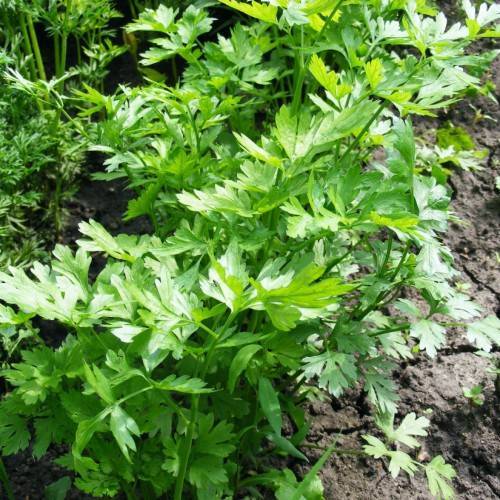
celery
Apium graveolens var. dulce
Cycle:
Herbaceous Perennial
Watering:
Average
Hardiness Zone:
3 - 6
Flowers:
Flowers
Sun:
full sun,filtered shade
Fruits:
Fruits Ready In Fall
Leaf:
Yes
Growth Rate:
Low
Maintenance:
Moderate
Salt Tolerant:
Yes
Tropical:
Yes
Care Level:
Moderate
watering
Celery should be watered thoroughly once or twice a week, depending on the size of the plant and soil moisture. When watering a celery plant, water slowly and deeply to help the roots absorb moisture. Avoid overly wetting the plant or allowing it to sit in water, as this can lead to root rot. During the warmer months, it may be necessary to water more frequently to maintain healthy growth.
sunlight
Celery will need a minimum of 4-6 hours of direct sunlight each day. This can be provided in a single block of several hours or split up throughout the day. Celery grown in warm climates may require slightly less direct sunlight per day, while cooler climates may require additional time in the sun. Too much direct sunlight can cause the plant to discolor, so be sure to watch for signs of heat stress. It is best to provide celery with protected or filtered sunlight during the hottest times of day.
pruning
Celery should be pruned to maintain an attractive and should be done in early spring. Pruning should involve removing any dead or damaged leaves and stems, and cutting off any passages growing too far out of the main stem. Depending on how vigorous the growth of the celery is, you may also need to prune side passages and stems to keep the plant looking bushy, instead of tall and leggy. Aim to keep the height and spread of the plant even. Prune lightly, only removing about 1/3 of the total growth of the plant.
